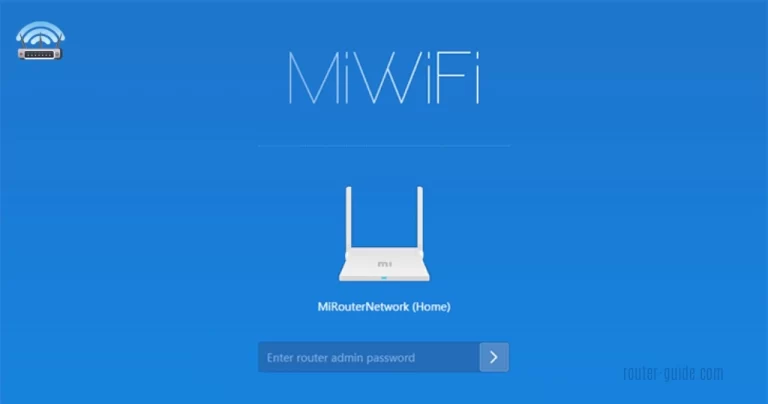Login to 192.168.1.20 – Our step-by-step guide will help you
192.168.1.20 IP is the default IP address for routers like Ubiquiti, Ubiquiti Networks, or Altai routers. You can change the WiFi password, SSID, and other router settings with this IP. Go to the web address and enter the “http://192.168.1.20” IP.
192.168.1.20 Login
To login to 192.168.1.20, click on IP and paste the password.
Default Username and Password= “ubnt“

Login To Your Router with 192.168.1.20 IP
Logging into your Ubiquiti Networks (UBNT) airOS router is easy! To get started:
1. Connect your device to the router’s network.
2. Open your browser.
3. In the address bar, type “192.168.1.20 or http://192.168.1.20” and press Enter.
4. On the login page, enter ‘ubnt‘ as both the username and password.
5. Click the ‘Login’ button.

Paste always correct IP instead of these wrong IPs like “192.168 1.20 or 192.168 1.2o”.
You will now be directed to the airOS Configuration Interface, where you can make changes to your router’s settings and customize your network experience. Enjoy!
Check these password combinations if you face any username-password errors.
| Username | Password |
| ubnt | ubnt |
| altai | wag |
| Admin | 5up |
Use of Admin Panel of Your 192.168.1.20 Router
The Admin Panel of your Ubiquiti Networks (UBNT) airOS router, accessible at 192.168.1.20, can be used for several tasks, including:
- WiFi Password and SSID (Network Name)
- Troubleshooting
WiFi Password and SSID (Network Name):
To change the wifi password and SSID you need to follow the steps below;
- First login to the “airOS” admin panel.
- Go to the “Wireless” option.
- You need to enter your new “Wifi name” in the “SSID” field when appears under the “basic wireless settings”.
- Now click on “WPA2-AES” as “Security”.
- Write the new password in “WPA Preshared Key”.
- Last Click on the change button. To save the change.

Troubleshooting:
- Log in to your Admin Panel, as described above.
- Navigate to the Troubleshooting section, which may be located in the System or Diagnostics area.
- Use the available tools and options to diagnose any issues with your network, such as checking the status of connected devices, running diagnostic tests, or applying firmware updates.
- Follow any recommended troubleshooting steps to resolve any issues that you may encounter.
Resting:
You can also troubleshoot your router by resting, for resting you just need to press and hold the button for 10 to 15 seconds which you can see at the back of the router.






